"India is blessed with a highly variable natural continuum from snow clad high mountain ranges of the Himalaya to sea coasts of sandy, muddy, rocky, shingle and coralline nature through forests, grasslands, deserts, wetlands, mangroves and coral reefs. Covering the terrestrial part of the Indian territory in the south and west, there is a marine water-spread of varied depth with islands and archipelagoes of various configuration. In ecology, each of these are classified as ecosystem which is defined as a dynamic complex of interactive and interdependent biotic communities and their abiotic environment, functioning as an unit within a definable boundary. However, there is no satisfactory and universally accepted definition and classification of ecosystem since variations and gradations between ecological communities are yet to be adequately and properly understood. As such, there is no unanimity in identifying ecosystem boundary. In reality, there is no discrete discontinuous unit in natural environment. Therefore, an ecosystem may be as large as biogeographic regions or as small as natural habitats and ecosystem diversity is considered at three levels—biogeographic regions, biotic provinces and biomes. Ecosystems are usually demarcated on the basis of natural habitat classification on the physical characteristics and general appearance like forests and grasslands. They are also classified on the basis of geographical and geological features like mountains, islands, etc. Considering all these, the present publication incorporates eighteen articles on selected Indian ecosystems and their diversity at three levels as stated above, written by the concerned experts. These articles cover all the major natural habitats of India, namely, forests, grasslands, deserts, wetlands (including estuaries), mangroves, coral reefs and marine as well as geographical and geological features like high mountain ranges and the islands. The articles also include two significant biogeographic regions—western ghats and Deccan peninsula and several biotic provinces : trans-Himalaya, North-west Himalaya, Western Himalaya and Eastern Himalaya including North-East India. One important ecoregion, the eastern ghats has also been dealt with. A few of the articles are abridged and edited for keeping uniformity of the book."
Basketry: Everyday Art of North East India: A Catalogue of the IGNCA Collection
This catalogue presents some ...
$81.00
$90.00

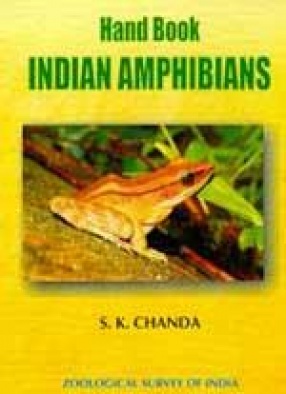

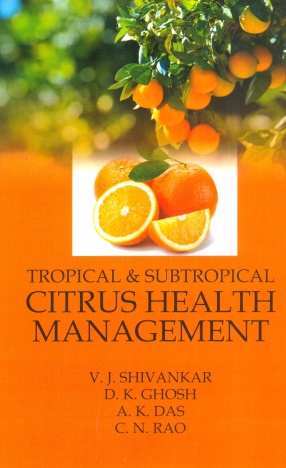

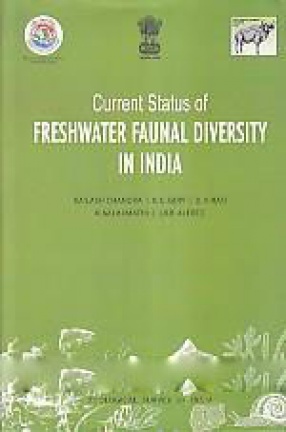
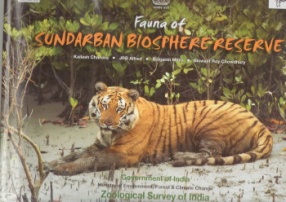
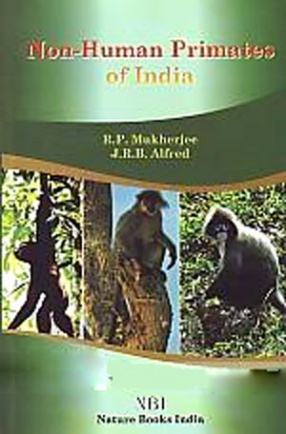


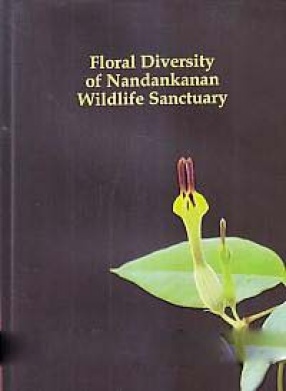
There are no reviews yet.